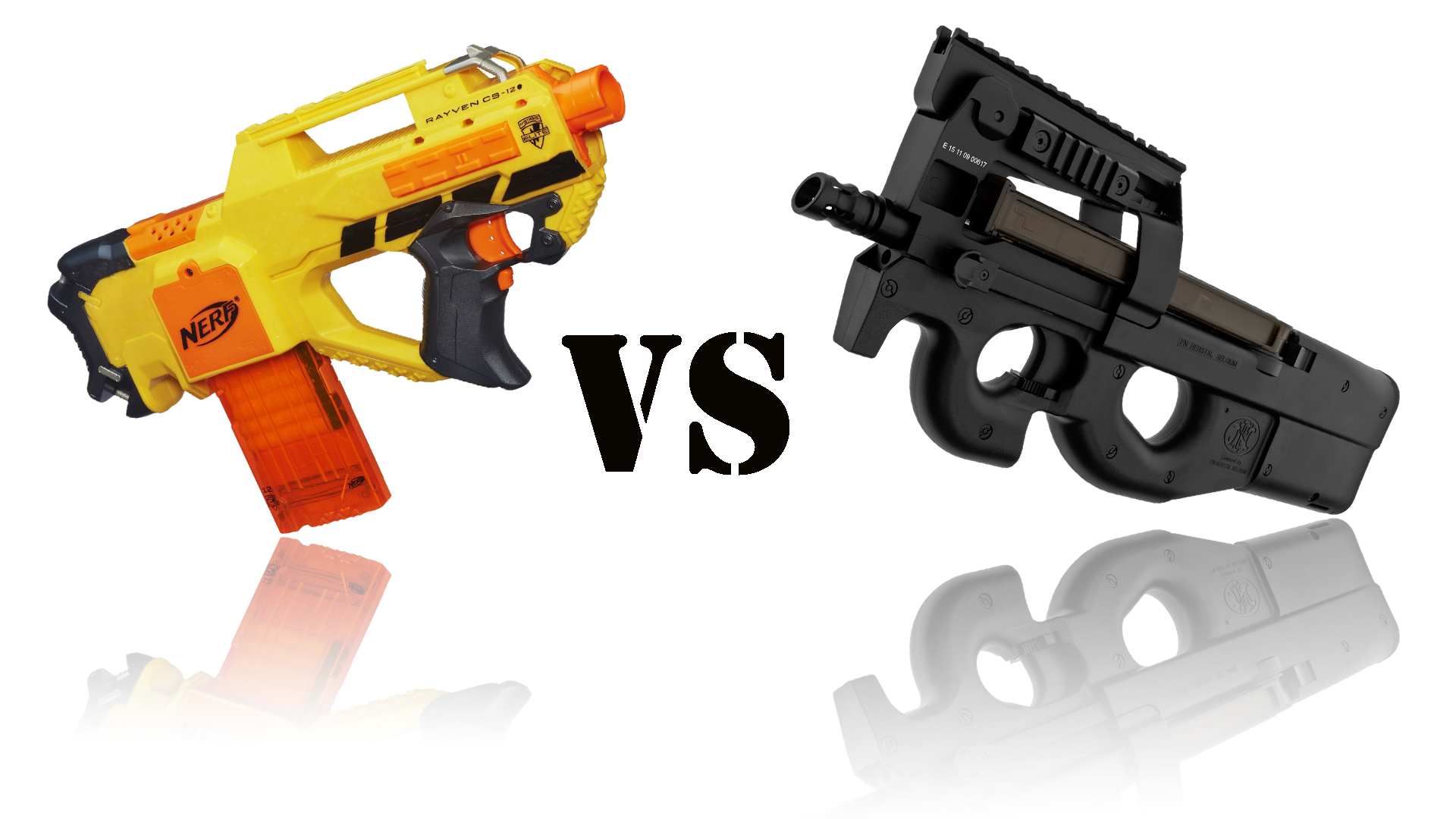As a father, gamer, and former army cadet (many years ago), I have always been concerned about the impact of toys on children’s development. One of the most contentious issues in recent years has been the use of toy guns, particularly army toys. While some argue that these toys promote aggression and violence in children, others believe they can be a harmless and fun way for children to engage in imaginative play. In this article, we’ll explore both sides of the debate and the reasons each stance highlights.
The Army Toy Debate
On one hand, those who argue against army toys for children point out that toy guns can promote aggression and violence. They argue that allowing children to play with these toys may normalize the use of guns and make them more likely to use them in the future. Furthermore, some believe that toy guns can have a negative impact on children’s mental health, causing anxiety, fear, and trauma.
On the other hand, proponents of army toys for children argue that they can be a harmless and fun way for children to engage in imaginative play. They point out that many children are fascinated by guns and other military equipment, and playing with army toys can be a way to satisfy that curiosity without posing any real danger. Additionally, some argue that playing with toy guns can promote strategic thinking and teamwork skills, as children often engage in role-playing games with their friends.
The Reasons For & Against
Those who are against army toys for children often cite incidents of gun violence and mass shootings as evidence of the negative impact that toy guns can have on children’s behavior. They argue that children who are exposed to violence at a young age are more likely to become desensitized to it and may even become more aggressive themselves. Additionally, they point out that some toy guns can look very realistic, making it difficult for law enforcement officers to distinguish between real and fake guns.
On the other hand, supporters of army toys for children argue that there is no evidence to suggest that playing with toy guns leads to violent behavior. They point out that many children play with toy guns without any negative consequences, and that the vast majority of children who engage in violent behavior do not do so because of exposure to toy guns. Additionally, they argue that toy guns can be a valuable tool for father-son bonding, as many fathers have fond memories of playing with toy guns with their own fathers when they were young.

Airsoft vs Nerf Guns
When it comes to the best toy guns, there are two main types that are popular among children – airsoft guns and Nerf guns. Airsoft guns are designed to look and feel like real guns, and they shoot small plastic pellets at a high velocity. Nerf guns, on the other hand, are made of foam and are designed to be safe and non-lethal. While both types of guns can be fun to play with, parents should consider the potential risks associated with each type before allowing their children to use them.
The debate over whether army toys are still OK for children is a complex one with strong arguments on both sides. While some believe that playing with toy guns can promote aggression and violence, others argue that it can be a harmless and fun way for children to engage in imaginative play. When it comes to the best toy guns, parents should consider the potential risks associated with each type before allowing their children to use them. Ultimately, the decision to allow children to play with army toys should be based on individual family values and the child’s maturity level, and father-child bonding should be kept in mind as well.
